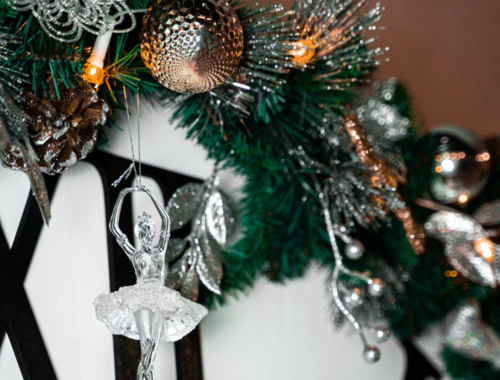
The Rise of Artificial Christmas Trees in America: Convenience and Safety vs. Tradition
Artificial Trees: Convenience and Safety for Modern America
As Christmas draws near, many Americans begin the annual debate between a real or artificial Christmas tree. While the fresh, pine-scented tree tradition adds to the festive ambiance, artificial trees have become increasingly popular in modern America. Beyond convenience, safety concerns have driven many to try the traditional option.
Artificial trees offer several benefits over their natural counterparts. For starters, they are reusable, meaning they do not need to be regularly replaced year after year. This can save a considerable amount of money over the long term, especially considering the costs of a new tree and the time and resources required to maintain it throughout the year. Additionally, artificial trees do not require watering and pose less of a fire hazard by not drying out and becoming brittle, which is particularly relevant during colder months.
The Drawbacks of Artificial Trees: Losing the Tradition of a Real Tree
However, for many, a significant part of the holiday tradition is picking out a real Christmas tree. For instance, the smell of fresh pine adds an extra layer of holiday cheer to the atmosphere. Real trees also get people outside and often become a family activity, further enhancing the sense of tradition and togetherness. Moreover, the impact of artificial trees on the environment is also a factor that deters buyers. While artificial trees can be reused for many years, they are still plastic and petroleum-based, and because they are not biodegradable, they contribute to waste in landfills.
Artificial trees and nuclear power safety concerns have become increasingly relevant in America’s world power status. Since the 1950s and the rise of the atomic age, many countries –including America- have been grappling with fears of nuclear power. While nuclear power is advantageous in providing large amounts of energy, it poses significant health and safety risks, mainly if something goes wrong. Many environmentalists and policymakers have suggested that solar and wind farms could replace decommissioned nuclear power plants, which reduce pollution and are less hazardous than atomic power. As such, artificial trees can be considered part of the broader movement toward cleaner, safer energy options. In conclusion, the rise of artificial Christmas trees is undoubtedly driven by convenience and safety concerns, and for millions of Americans, they offer an appealing alternative to traditional trees. However, the sense of tradition, family, and the environmental impact are still factors to consider when deciding. Furthermore, as America grapples with nuclear power safety issues, transitioning towards renewable energy sources can lessen the ecological impact on a broader scale. Ultimately, the choice between artificial or natural trees comes down to individual preference, and both options offer unique advantages and drawbacks.
You May Also Like

The Art of Collecting Christmas Ornaments: Tips and Tricks for Building Your Collection
June 7, 2023
The Ultimate Guide to the Best Artificial Christmas Trees for the Upper Class in 2023
December 9, 2023

